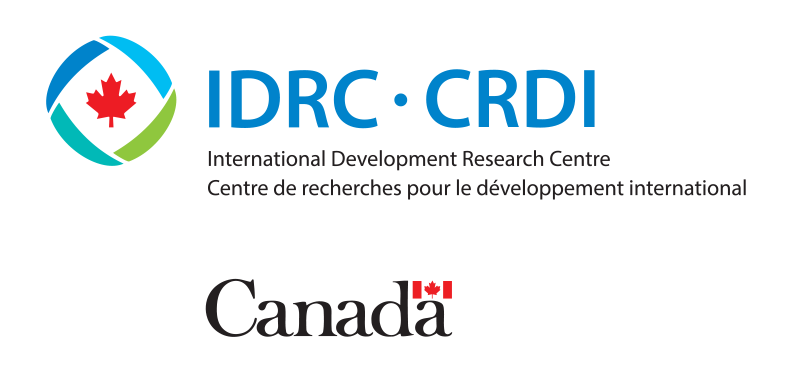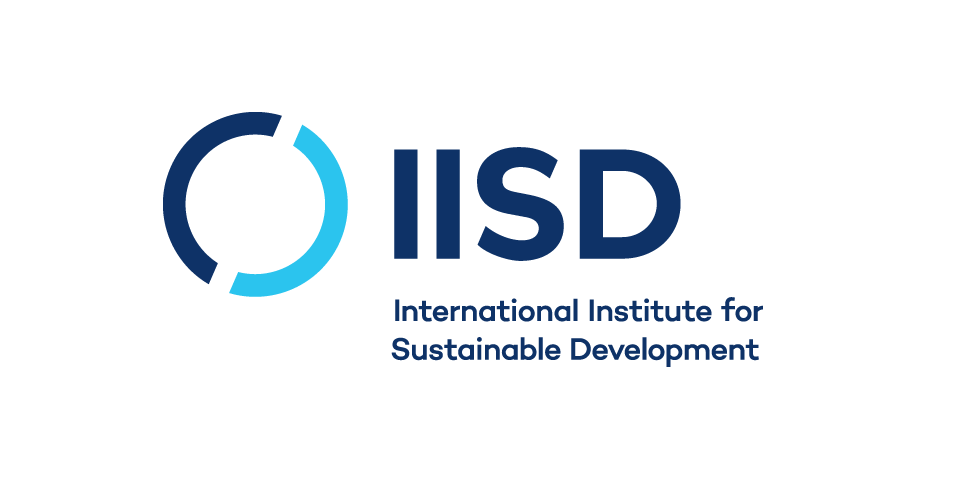Inventory of Innovative Financial Instruments for Climate Change Adaptation
Closing the gap between available financing for climate change adaptation and the needs of developing countries requires looking beyond traditional sources of finance—i.e., grants and (concessional) loans—to innovative financial instruments and mechanisms that can unlock (private) investment. These instruments are increasingly viewed as a means to scale up the investment needed for countries to achieve their climate adaptation goals.
“Innovative financial instruments for climate change adaptation” include mechanisms and approaches that can be used to acquire, structure, govern, and allocate financial resources toward adaptation priorities. They can enable access to financial resources from financial institutions, private investors, institutional investors (such as pension funds), impact investors, foundations, and other philanthropists, and may be blended with traditional sources of financing.
This inventory provides information on a range of innovative financial instruments that have been used, or potentially could be used, to finance the implementation of climate change adaptation measures, including the national priorities identified in National Adaptation Plans (NAPs). It includes
- mature instruments – instruments that have been used for many years for other purposes and that could be adjusted to finance climate change adaptation;
- emerging instruments – newer instruments that may or may not have been developed specifically to finance climate adaptation; and
- pilot instruments – instruments that are currently being developed to finance climate adaptation and that may be applied in the near future.
The inventory is intended to inform governments, project developers, and financiers about available instruments and how they have been used, or could be used, to increase resilience to climate change. It
- describes each of the instruments;
- identifies sectors in which the instruments currently or potentially could be used to support the implementation of climate adaptation measures and actions;
- presents considerations for their use (by developing countries); and
- provides illustrative examples of how they have been used to support climate adaptation.
A summary provides an overview of the included instruments, the sectors in which they might be applied, and where they have been used.



Social Bonds
Social bonds are similar to green bonds but raise funds exclusively to support new and existing projects with clear social outcomes. These social outcomes include programs for unemployed people and those living below the poverty line, as well as marginalized communities, including migrants and displaced persons, women and/or sexual and gender minorities, and people with disabilities. Social Bond Principles were published in 2017 and updated in 2023. These voluntary guidelines set out best practices for the issuance of social bonds, including information to be disclosed and how issuers are to report to stakeholders.
Sovereign social bonds have been issued by Ecuador (supporting decent and affordable housing) with a guarantee from the Inter-American Development Bank, and by Guatemala where proceeds are financing COVID-19 response efforts, health infrastructure improvements, and initiatives in food security.
While not readily apparent in these issuances, the 2023 Harmonised Framework for Impact Reporting for Social Bonds notes that projects supported by the proceeds of social bonds can strengthen the capacity of agri-food systems to address climate change and help vulnerable people cope with the impacts of climate change. In addition, projects that address basic infrastructure (drinking water) and food security and sustainable food systems (agricultural practices, reduction of food waste) could be designed to generate adaptation co-benefits; and climate adaptation considerations could be integrated into the design of relevant initiatives, such as by ensuring the climate resilience of new housing. Slight revisions to project designs for social projects and the addition of adaptation impact metrics could improve adaptation outcomes.
Current or Potential Adaptation-relevant Sector Applications
Additional Insights
Considerations for Issuing Social Bonds
Adapted from the Following Sources
Chen, J. (2022, April 12). Social impact bond (SIB): Definition, how it works, and example. Investopedia. https://www.investopedia.com/terms/s/social-impact-bond.asp
International Capital Market Association. (2023, June). Harmonised framework for impact reporting for social bonds. https://www.icmagroup.org/assets/documents/Sustainable-finance/2023-updates/Harmonised-framework-for-impact-reporting-for-social-bonds-June-2023-220623.pdf
International Capital Market Association. (2023, June). Social bond principles: Voluntary process guidelines for issuing social bonds. https://www.icmagroup.org/assets/documents/Sustainable-finance/2023-updates/Social-Bond-Principles-SBP-June-2023-220623.pdf
African Development Bank Social Bonds
The African Development Bank has issued USD 7.3 billion in 10 social bonds since 2017, including bonds denominated in euros, Australian dollars, Norwegian kroner, and Swedish kroner. The African Development Bank’s social bonds are use-of-proceeds bonds, and financing has been allocated to projects in Africa that have adaptation benefits, including improved access to water, improved food security through support to fisher communities, and improved agricultural inputs and small-scale irrigation for rural farmers.
Adapted from the following source:
African Development Bank. (2017, September). Social bond framework. https://www.afdb.org/fileadmin/uploads/afdb/Documents/Generic-Documents/AfDB_Social_Bond_Framework.pdf
African Development Bank. (2022). Green & social bond newsletter, 8. https://www.afdb.org/en/documents/green-and-social-bond-newsletter-issue-ndeg8-november-2022
Miami Forever Bond
In 2017, the City of Miami authorized the USD 400 million Miami Forever Bond to address sea-level rise and the housing crisis. The debt is to be repaid through a 3% property tax. Growing social inequities and a lack of affordable housing in Miami have exacerbated the risks of climate change for low-income and other marginalized communities. The bond gained support through a foundation investing USD 350,000 to educate Miami voters about sea level rise. A participatory process was used to develop a set of equity criteria for bond-funded projects.
Adapted from the following source:
City of Miami. (2023). Miami forever bond. https://www.miami.gov/My-Government/Departments/Office-of-Capital-Improvements/Miami-Forever-Bond